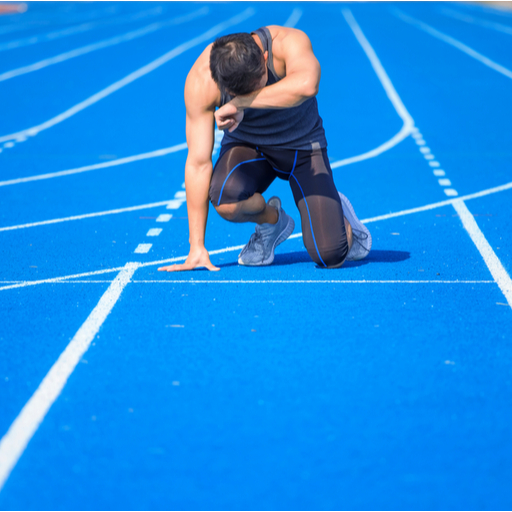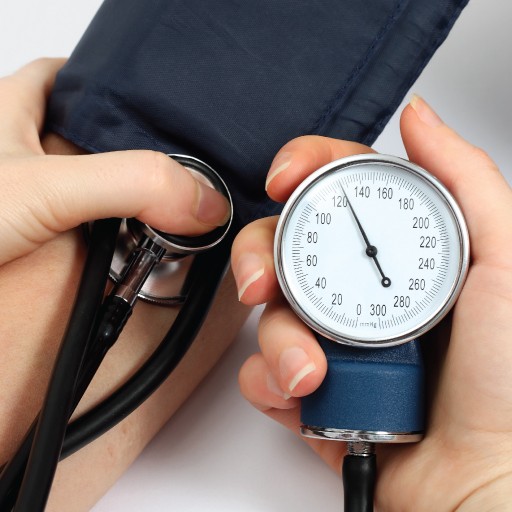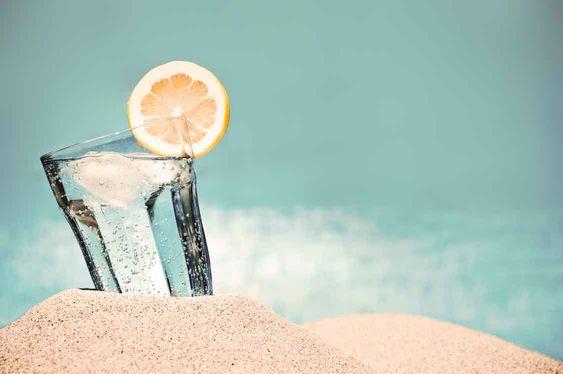With the summer season in full swing and high temperatures raging throughout the day, it is imperative to maintain a healthy lifestyle now more than ever. With the #HealthySummerWithActivLiving campaign, let your mental and physical well-being take precedence over heat-induced lifestyle conditions.
Working out in nature’s furnace can be excruciating. However, with the summer temperatures shattering records this year, you cannot put your fitness in the backseat. Therefore, find an effective way to exercise in the heat.
What you need to know:
Exercising in high temperatures
When you exercise, your body generates internal heat, which you can shed by sweating. While exercising, your heart works hard to pump out blood, which tends to rush away from the cores and toward the skin. Therefore, working out, running, or jogging feels like a more tiresome task in peak summers than they do in winters. If you are not careful, you may suffer from heat-related health conditions such as heat stroke, sunburn, acute dehydration, heat cramps, muscle spasms, and heat exhaustion.
5 tips to exercise and stay active in summers
It is crucial to figure out a way to work around the heat. Try the following 5 tips to exercise and stay active in the summer heat:
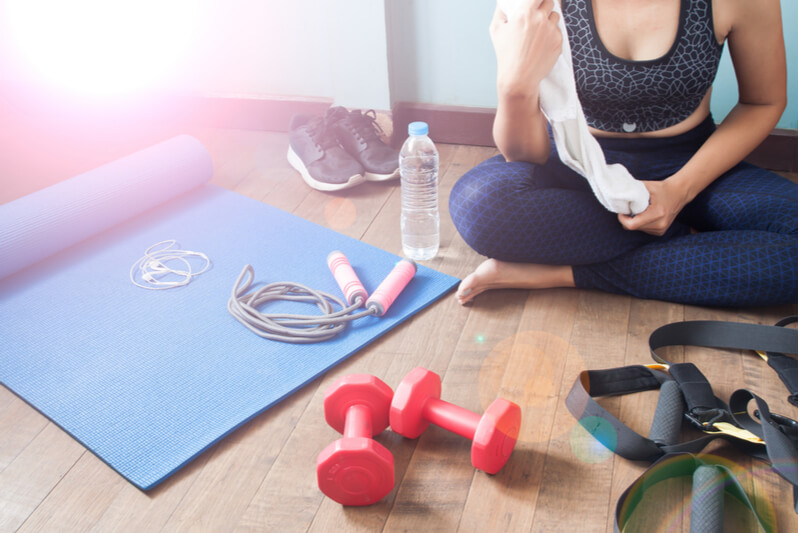
- Indoor workouts: Move your workouts indoors or plan them strategically. For instance, try exercising early in the morning, between 6 to 8 a.m., when it is not too hot. This timing will enable you to stay energized throughout the day and sleep better at night. Instead of running or jogging outside, work out on your treadmill available either at home or in the gym and walk laps indoors or climb stairs. You can even exercise with different weight training equipment at home.
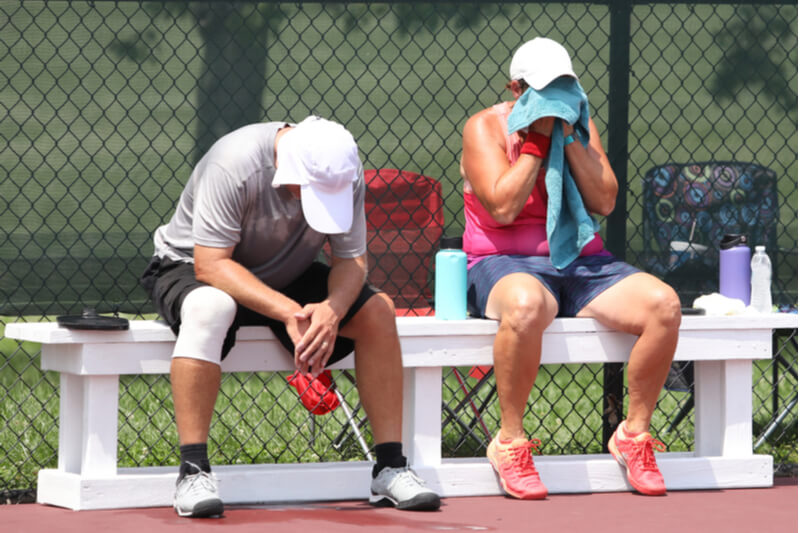
- Recognize signs of overheating: Pay attention to warning signs. If you feel your heart rate is rising, slow down the pace of your exercises. Moreover, if you feel nauseous, pukish, dizzy, or have a headache while exercising outdoors – signs of heatstroke and illness – look for some shade and rest. Overheating can also show signs of cognitive dysfunction causing lightheadedness and confusion.
- Acclimatization: Chronic heat alleviation strategy also includes acclimatization. To sustain yourself in different weather conditions, start accustoming yourself to unfamiliar swelter. This process involves intentionally working out on the most humid and warmest days. This approach will gradually condition your body to tolerate extreme heat. Once you acclimatize, you will dissipate heat better, sweat earlier, and feel less fatigued and exhausted. You experience a decrease in strain or enhanced strain endurance caused by experimentally induced stressful changes in climatic factors.
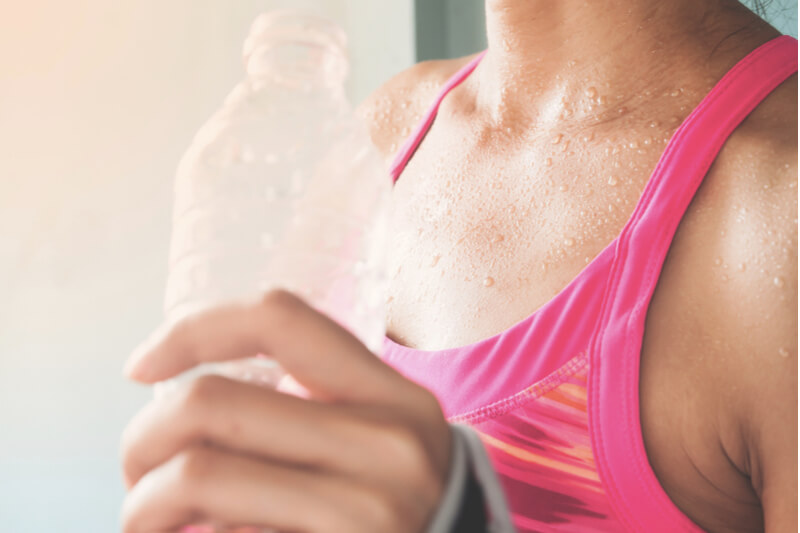
- Stay hydrated: Carry a water bottle with you and sip on it between your workout sets. In case you feel your blood pressure is dropping, lower your body temperature by drinking plenty of water.
- Smart workout: Put a cold washcloth or ice pack on your neck and forehead to cool down. Do smart work while working out. This includes reducing the number of repetitions or sets and the intensity of your exercise so that you do not push yourself to the brink. Break up a high-intensity workout into smaller workouts, allowing your muscles to relax and your body to refuel without hampering your fitness goals.
This summer season, prioritize your fitness and do not let high temperatures sway you from your fitness goals. Stay tuned to get more updates on the #HealthySummerWithActivLiving campaign.
To get more information on nutrition and lifestyle, visit the Activ Living page.





 1800-270-7000
1800-270-7000


